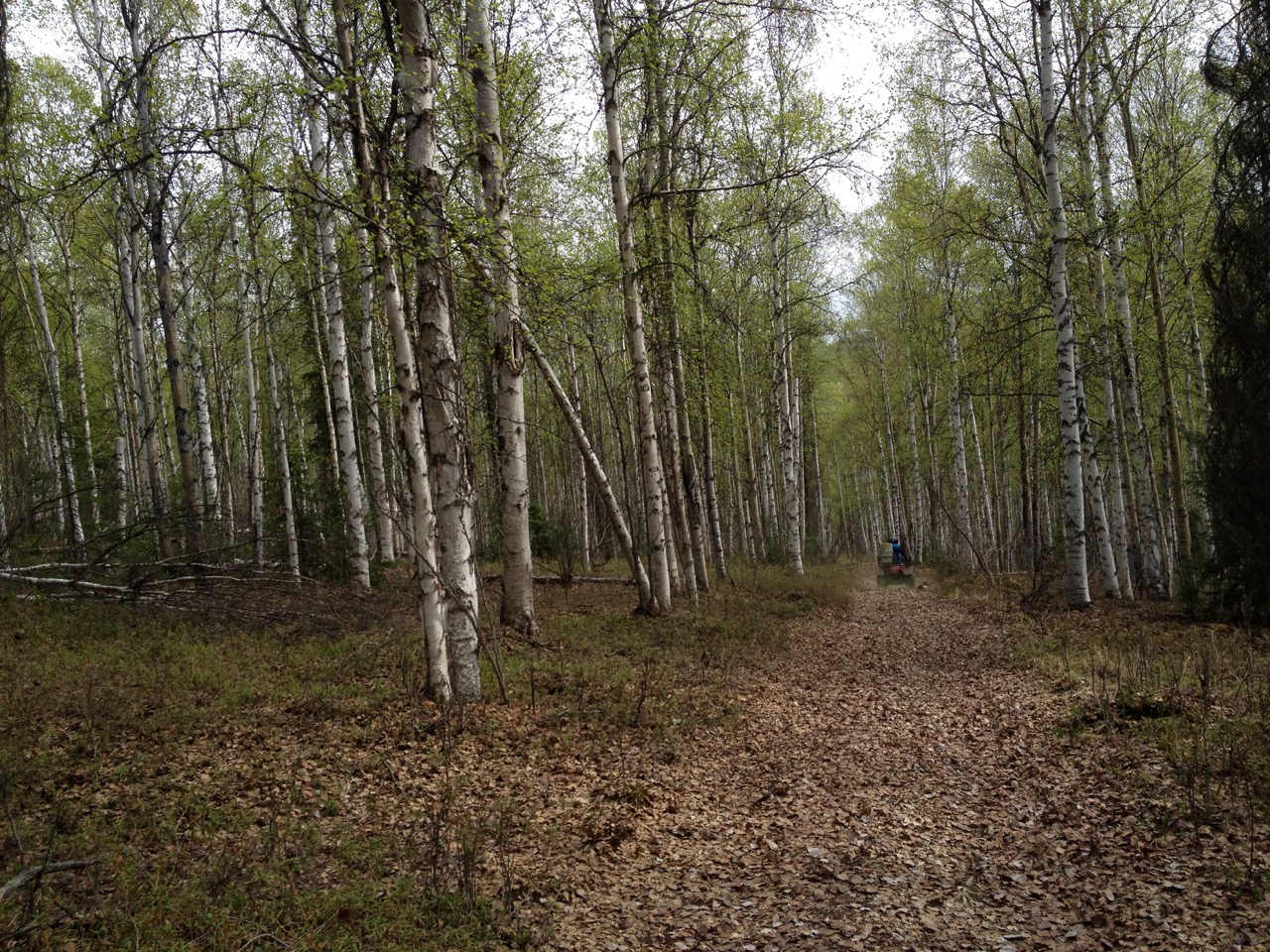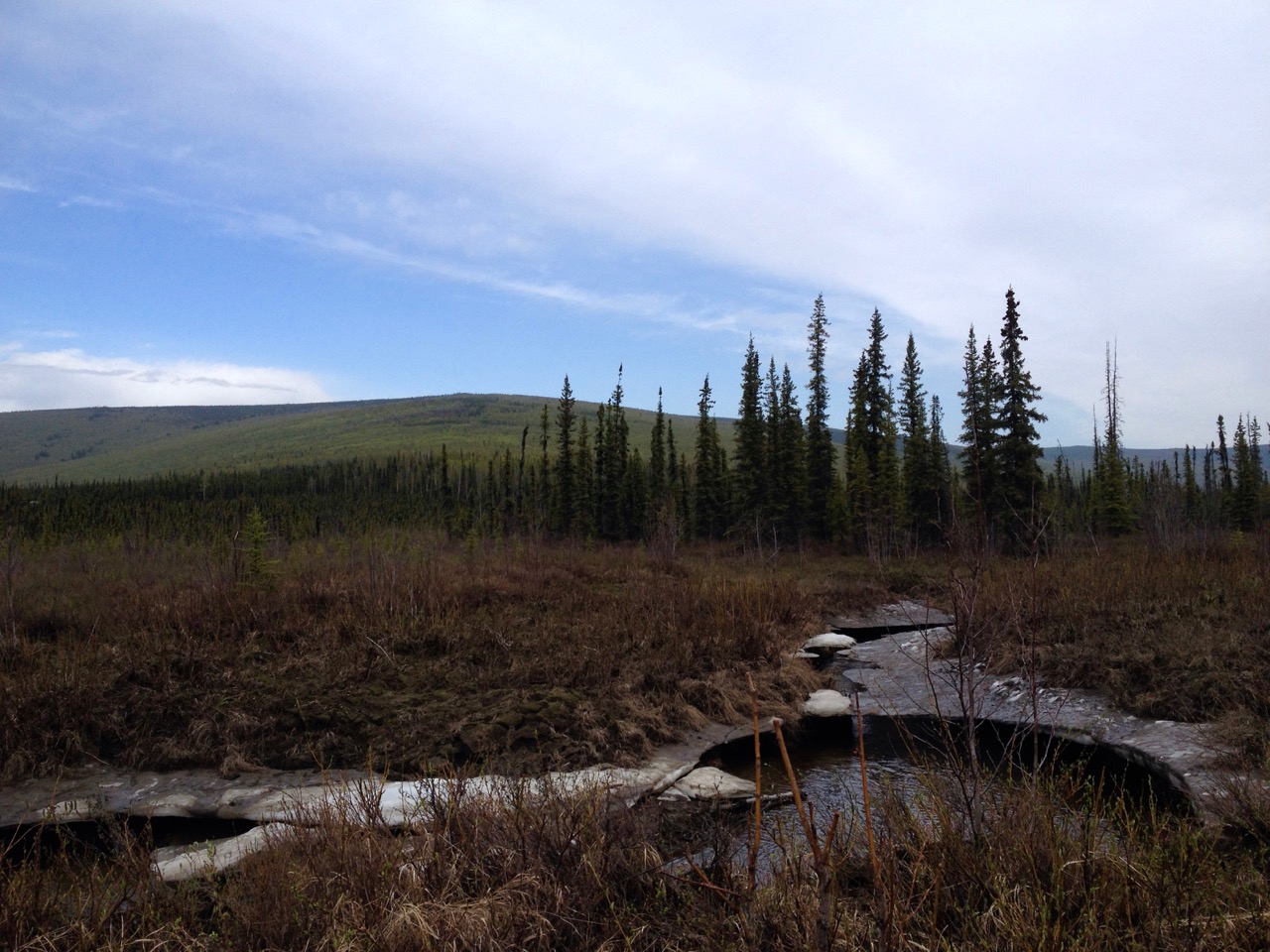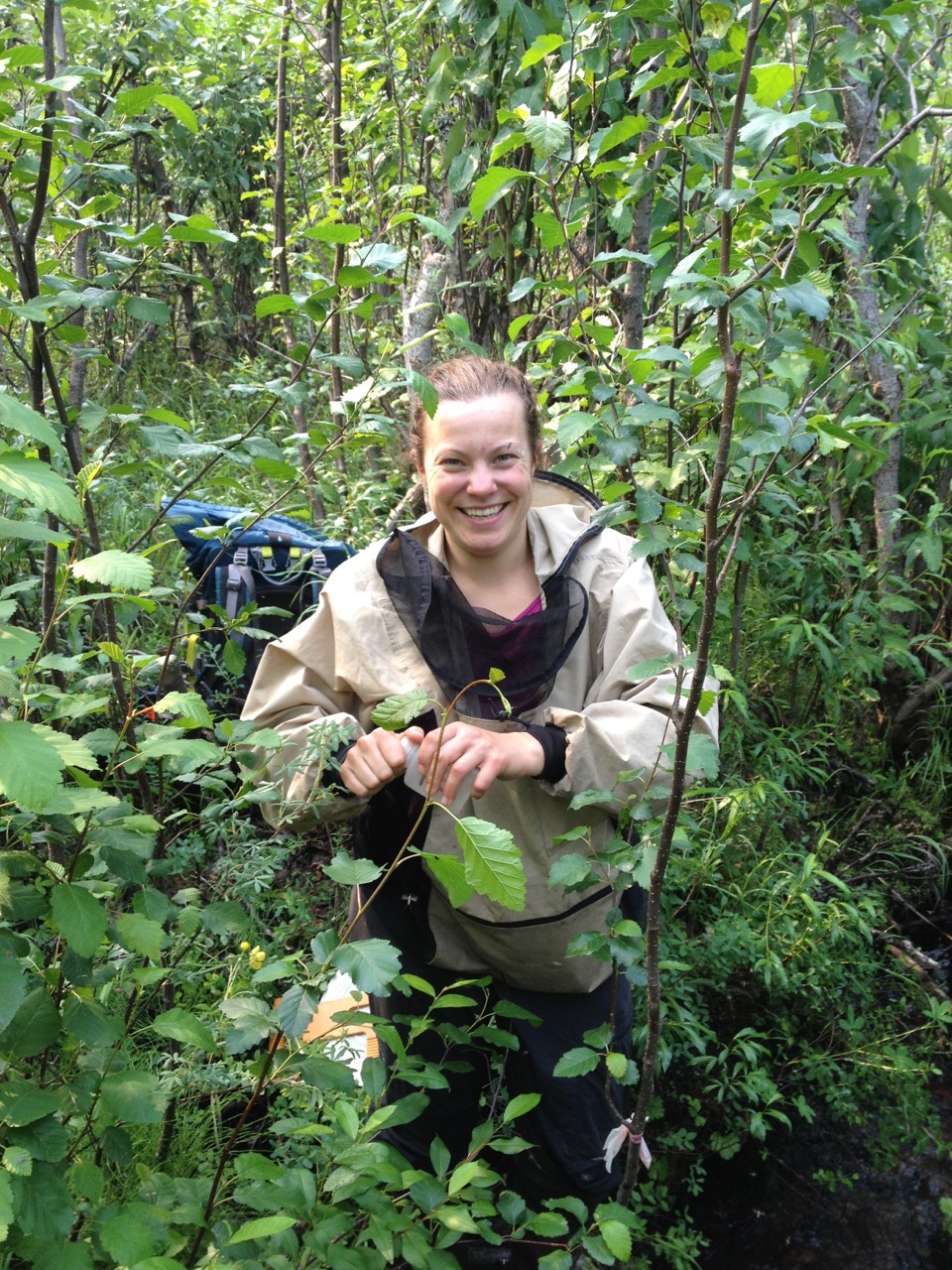Flashback Friday
Forest of Talking Trees
Today I will take you to one of my absolute favorite places in the whole world. My field site, called CPCRW, short for Caribou-Poker Creek Research Watershed.
The watershed is mainly black spruce, but also quite an abundance of deciduous vegetation, and have a lot of different small and big creatures. We start going out already in May (sometimes even late April), even though most of the snow hasn't even melted yet. Early in the season most of the watershed is brown and you could still see leftover dead plants from last years summer.
The fieldwork doesn't come for free, and if you by chance forget to use mosquito spray you will most likely end up like the pictures below will show. Another thing about mosquitos a lot of people don't understand, if you think there are a lot of mosquitos in the interior and north of Alaska, multiply that by 100 and that is probably closer to the reality. You can not survive without mosquito repellant.
We hike in rubber boots because yeah, we follow rivers. Mosquito spray or a bug shirt is needed.
We Follow Rivers
I have a poster I printed with tons of small pictures I have taken in the watershed through the years and through the seasons. I call it "We follow rivers", because that is what we do. We sample water and try to understand how changes in the landscape affect the streamwater chemistry. Alaska is underlained by permafrost, both continuous and discointinuous, and of course the most southern part is permafrost free. Few people comprehend how large Alaska actually is. Like Sweden it's pretty long, but longer of course (1420 miles; 2285km). Permafrost stores a lot of carbon, old carbon, since it's literally ground that has been frozen (and still is to certain extent) for hundreds and thousands of years. One of the important questions is "How much carbon is being released when permafrost thaws?", because permafrost throughout Alaska is thawing due to the increase in temperature. And of course, we also have the increase in fires and how that actually affects the landscape and stream water chemistry.
We follow rivers and investigate our own research questions and the underlying question about how thawing permafrost affect streamwater chemistry.
If I could make a soundtrack for my fieldsite, the lead song would definetely be: Of Monsters and Men - "Dirty Paws"





















